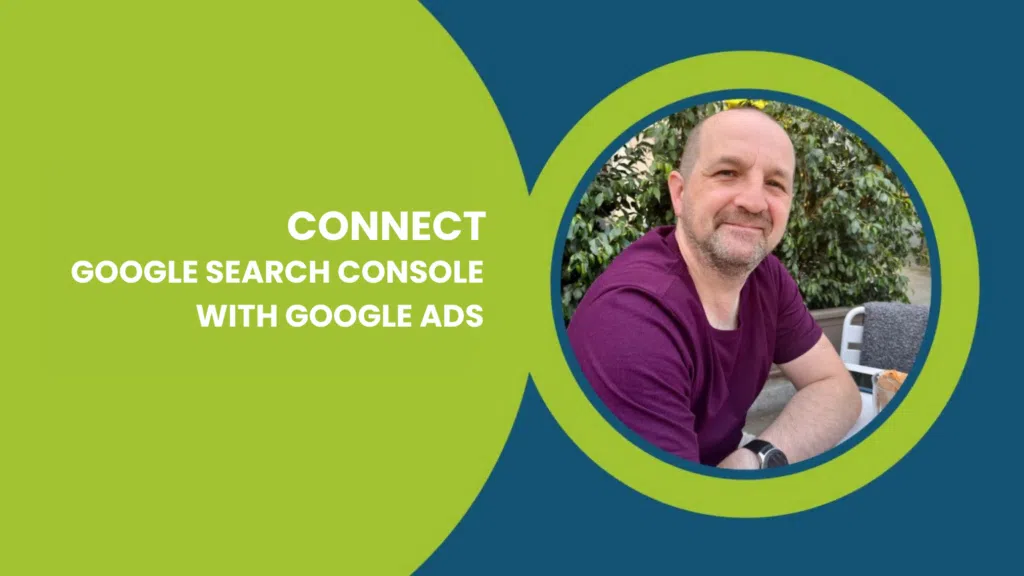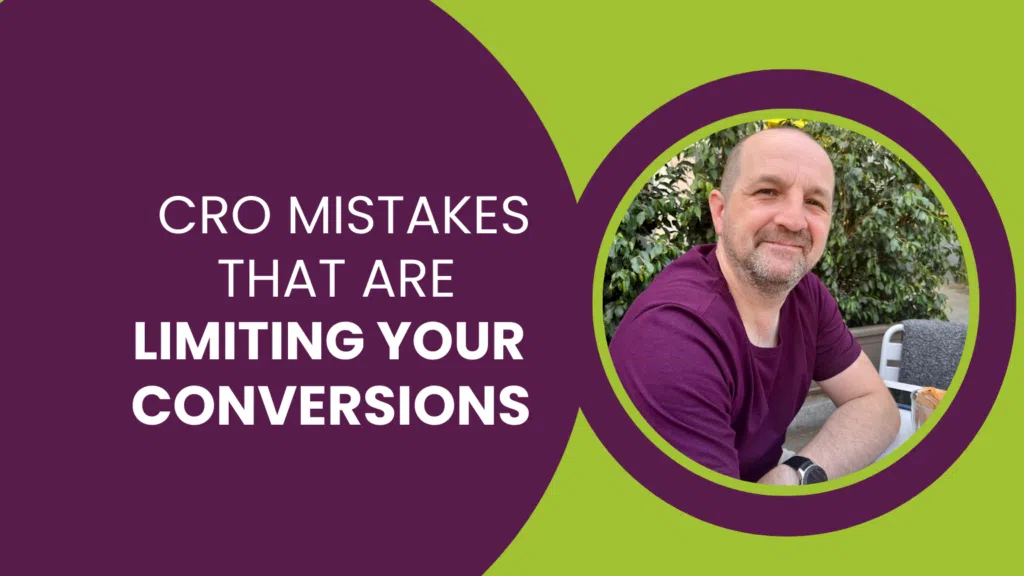Traffic is great, but enquiries and sales are really where the action is. Getting relevant traffic to your site is an AdWords or SEO project, but converting that traffic in to profit depends entirely on the web site – improve the “visitor experience” and you’ll increase enquiries, sales and profit.
There’s a lot more science and sales psychology behind visitor behaviour, but here are the most common visitors turn-offs that you should be able to address.
- Navigation. Make it easy and clear for me to find what I’m looking for. Too many options is no option at all, so keep it short and logical and use sub-sections if necessary. If you’ve 1001 products or services, why not let me navigate by problem, not your solution – I may not even know what the solution is yet.
- Search – if there are lots of products, give me a neat search box so I can type, but give me some sensible results. The search function needs to be intelligent enough to understand that boxes=box and even that 12mm might well mean the same as 12 – if you have no results give me some other method of finding what I need, perhaps a product filter or maybe just get me to pick up the phone and ask.
- Page loading times. Those pretty images might look great full screen, but squeezing them in to a small frame means my browser will have to download the whole image (5-10secs) and then resize it – 10 images would take over a minute! Resize the images before you put them on your site and include larger versions that I can view if it is important.
- Broken links. Nothing worse than clicking a link and finding that it’s dead is a surefire way to get visitors to leave or at least begin to mistrust you. Check links on your site regularly, or find a broken link checker online to do it for you.
- Too many similar products. Giving me too many options will most likely confuse me. If I can’t tell the relative benefits between two or three different products, I’ll probably buy none of them. How about you let me order those products by price, or size or filter according to some criteria?
- Too little information. I found the product I need and now I’m ready to buy. Is it in stock? When will I get it? And the number one pet hate, “How much is delivery?”. Please don’t hide it away and make me search for it, I’ll tire in my search and leave. Putting it in the checkout process won’t help either, I’ll just feel like you’re trying to cheat me and leave anyway. Be clear about your shipping policy and price and honour your promise.
- I need some help. How do I contact you? Where’s your phone number? If your primary goal is for me to pick up the phone and talk to you, don’t make me search for your number on a contact page somewhere. If you want me to pick up the phone, make your number big and prominent (top left of the screen and at the end of your content as a call to action are usually the best places). There’s a rule that fits most situations: tell me (succinctly) why I should do something, show me evidence of why and then make it easy to take action.







